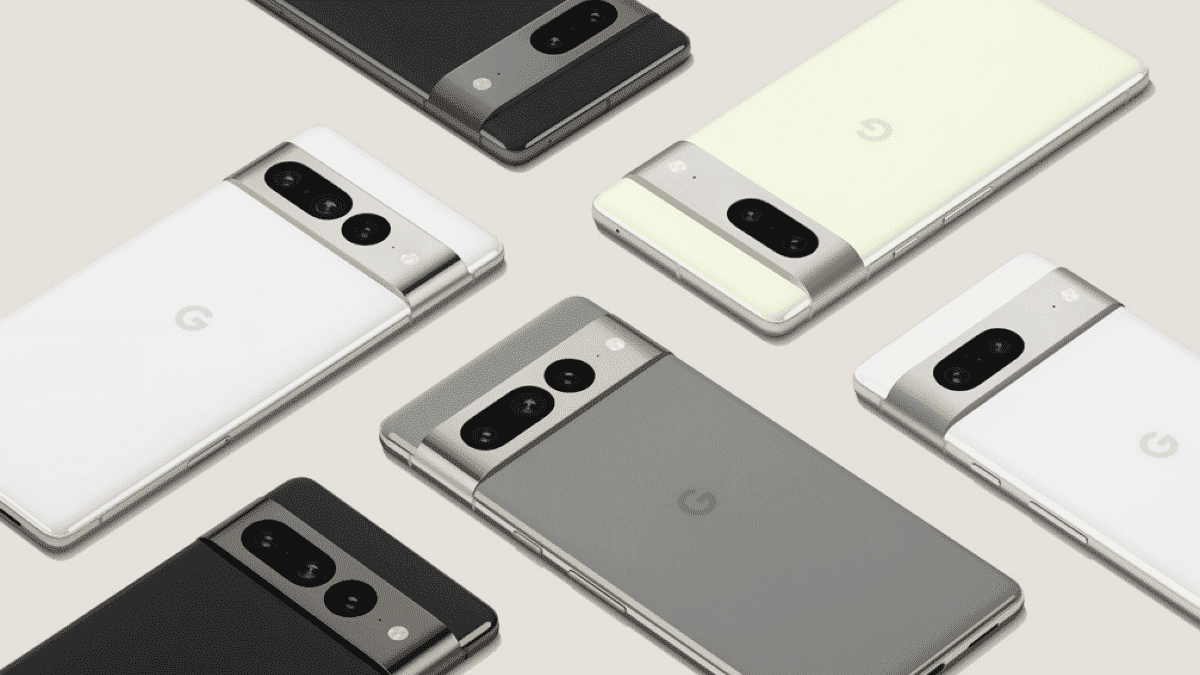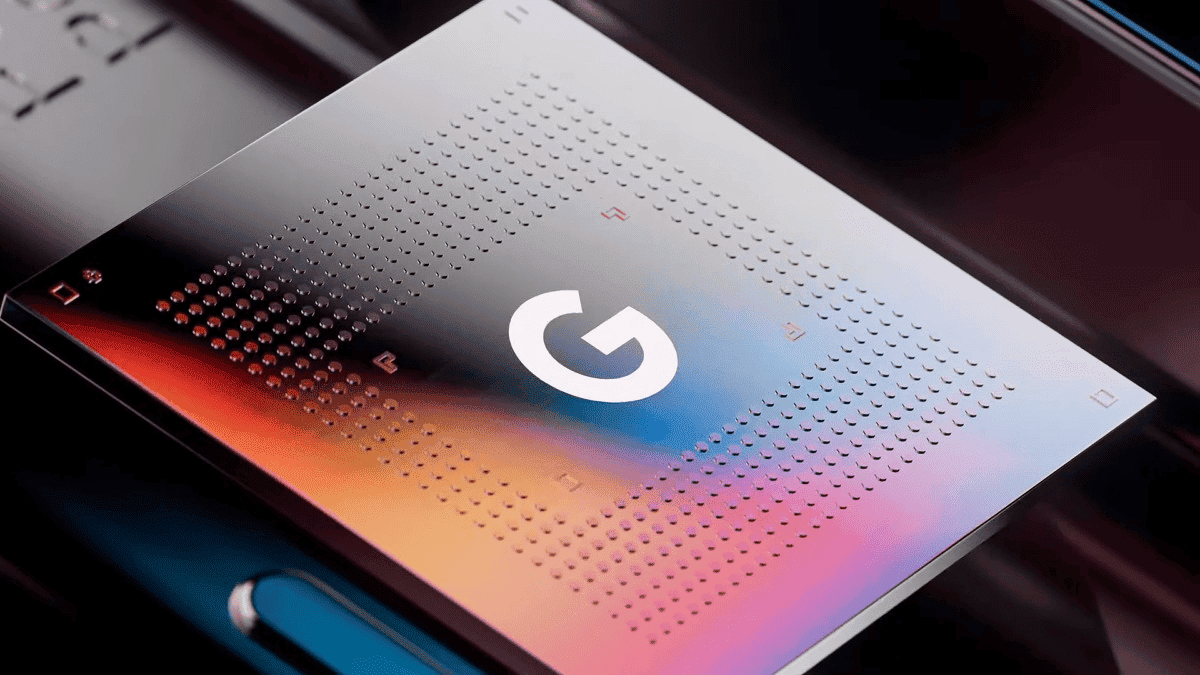If there is anything that “everyone” loves about Pixel mobile phones, it should be its camera. The next Google Pixel 8 series will not be any different. The next “big” Google mobile phone will probably not appear until next fall. However, from the mobile phone code, some of the core functions of this device are already in the public domain. This also includes a feature called “Staggered HDR”. The main function of this feature is to improve the high dynamic range photos. High Dynamic Range (HDR) should be familiar to many these days. The feature ensures improved picture quality on TVs. But even on mobile phones, with the right mode, you can take more dramatic pictures of landscapes in particular.
Read Also: Here are all the Pixel phones that Google will launch in 2023, 2024 and 2025
![]()
In the mobile phone camera field, Google is no doubt the pioneer brand in many aspects. In fact, the Google Pixel mobile phones will be the first to enable HDR recordings. To this day, the Pixel cameras and the supporting software are the showpieces of Google mobile phones. The group continues to work on new camera features, with HDR also playing a major role. Developer Kuba Wojciechowski has now discovered a still-experimental functionality called “Staggered HDR” in Android’s camera software (via The Verge).
Staggered HDR to launch on Google Pixel 8
Wojciechowski also explains what it actually is: “Staggered HDR allows you to capture different exposures at the same time using the same pixels. This way you can achieve the same effect as regular HDR but without the longer recording time. It also reduces the risk of the photos being blurry due to the shifting of the images caused by movement.”

Currently, HDR photos are created using a series of rapidly captured images that provide sufficient detail in both the shadows and highlights. But that makes things more difficult when an object is moving. However, staggered HDR also requires a new sensor. The Samsung ISOCELL GN1 is in the Pixel 7 and the Pixel 7 Pro does not come with this feature. The successor ISOCELL GN2, on the other hand, can do that and is probably also a candidate for the Google Pixel 8 (Pro). According to Wojciechowski: “Long story short, courtesy of Google, we’ve received a clean, unadulterated version of Google Camera Go that includes clues that appear to confirm that the Pixel’s flagships in 2023 – the Husky and Shiba – will support tiered HDR will support.”
![]()
“Husky” & “Shiba” are Google Pixel 8 and Pixel 8 Pro
Google is apparently working on two other new Pixel mobile phones. These devices use the code names “Shiba” and “Husky”. It is currently unclear whether these are completely new models. They have a new SoC and there are indications of a very decent configuration. However, rumours on the street claim that these devices are the Google Pixel 8 series mobile phones.
The range of new Pixel devices currently being developed by Google is constantly growing. After hearing about one or more foldable mobile phones and a cheaper Pixel 7, there are now two more new models. “Husky” and “Shiba” could already represent the next model generation of the Pixel series.
We have the first details about the devices, which come from publicly available code sources. Accordingly, the two new mobile phones run with Android 14 “Upside Down Cake” and are based on a new SoC. Just as before, the new chip is developed by Google and its partner Samsung .

New Google chip codenamed “Zuma” & plenty of RAM
The chip is codenamed “Zuma” by Google and has the same modem as the Google Tensor G2 (G201), i.e. a 5G G5300 modem developed by Samsung. Specific details about the SoC are not yet available, but it is known that Samsung recently worked on another new ARM SoC from its production, the Exynos 2300. It is conceivable that “Zuma” is a customized variant based on it with the Google-typical optimizations for machine learning and AI.
According to the source, the additional features of both “Shiba” and “Husky” include a total of 12GB of RAM, which means that the two new Google devices can be located quite securely in the high-end sector. This is also supported by the screen resolution.

While the Google “Shiba” has a very stretched Full HD resolution of 2268 x 1080 pixels, the Google “Husky” has a resolution of 2822 x 1344 pixels. Thus, the latter should have a “better” display and is therefore a bit above the first model. All in all, both devices appear to have equipment that is at the upper end of the scale.
Whether it is actually the Google Pixel 8 and the Pixel 8 Pro is of course pure speculation. The form factors suggest that we are dealing with mobile phones in the classic bar-type design and not with foldable or tablets. It would still be very early to talk about the next generation of Google’s top mobile phones if they are not to be launched until summer or autumn 2023. It is also conceivable that these are just test platforms from Google’s hardware team.
Google to launch multiple devices next year
Certainly, Google will release the Google Pixel 8 and Pixel 8 Pro next year according to its recently leaked launch schedule. However, these will not be the only devices that Google will release next year. The company will also release a new mobile phone called Google Pixel 7a with the codename Lynx. In addition, there will be a foldable Pixel phone with the codename Felix as well as a Google Pixel Tablet with the codename Tangor / Pro. We can see that from next year, Google will unveil much more mobile devices than it normally does in a year.


